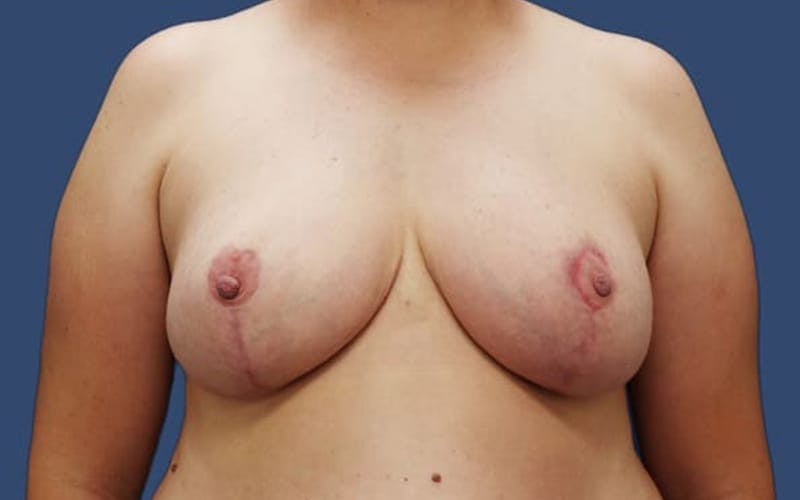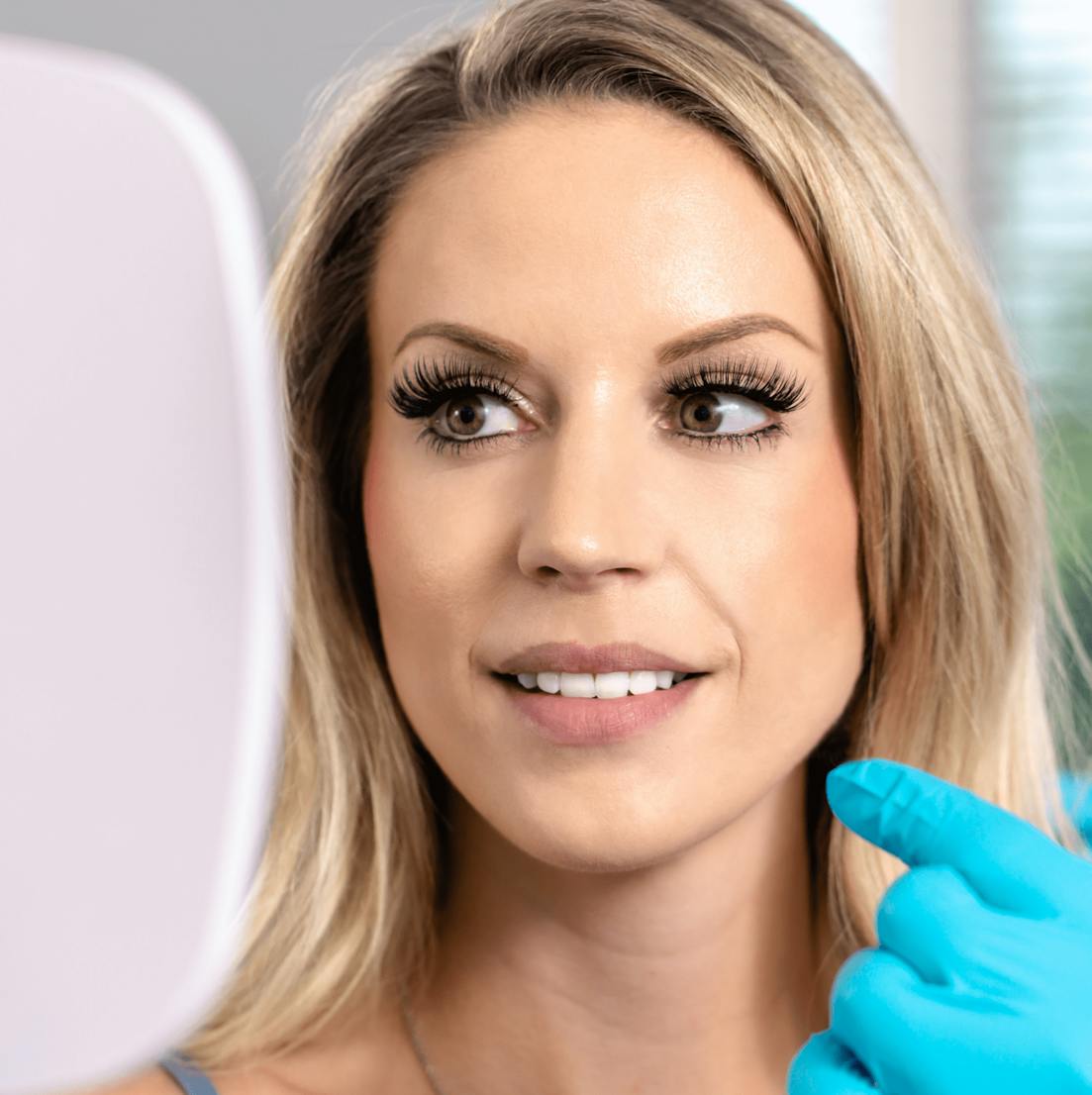Breast reduction removes excess breast tissue and skin, relieving the weight and discomfort of overly large breasts. If you have very large, heavy breasts, you likely shop for special sizes of bras, cannot wear standard clothing sizes, and may have back pain, neck pain, rashes, or less confidence than you should.
A breast reduction in San Antonio at Hill Country Plastic Surgery makes it possible for women to enjoy balanced, lifted, plump, natural-looking breasts in proportion to the hips and body.










